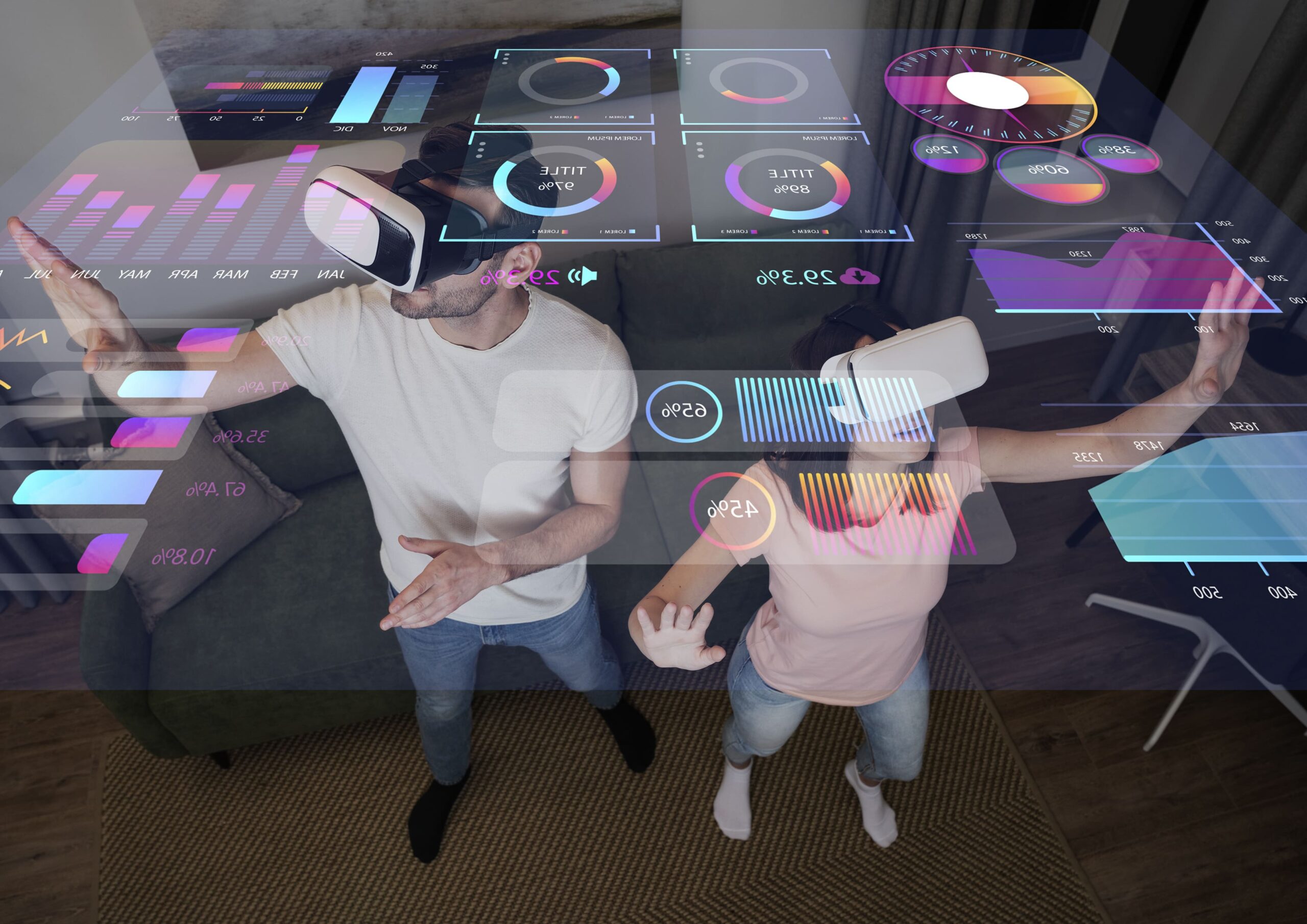#Artificial Intelligence, #Augmented Reality, #Future of UX Design
The Future of UX Design: AI, AR, and VR
UX Design - Mentor & Author.
10 Jan, 2024

The dot-com boom, a phenomenon we’ve all heard of, marked a pivotal moment in the evolution of technology. Following this surge a wave of new job opportunities emerged setting the stage for a digital revolution. Fast forward to the present and we find ourselves in the midst of another transformative era—one dominated by Artificial Intelligence (AI), Augmented Reality (AR), and Virtual Reality (VR). While AR and VR have been in existence for some time, the current discourse around them is more fervent than ever. As AI continues to reshape our daily activities it naturally raises questions about the future of User Experience (UX) design. In this article, we will explore the profound impact of AI, AR, and VR on the field of UX design.
The Role of AI in UX Design
AI has moved beyond just being a trendy term and has become a crucial part of our tech world. In UX design AI has the potential to change how users interact with digital interfaces. It helps in making personalized recommendations and predicting user behavior, allowing designers to create experiences that are more intuitive and user-focused. As AI algorithms improve UX designers have new chances to make their designs more efficient and effective. AI can also assist in the research phase aiding designers in creating questions from various perspectives and providing solutions. We’re already seeing changes in design thanks to the role played by AI.

AR and VR Redefining Immersive Experiences
AR and VR have been around in different ways but the recent introduction of Apple’s Vision Pro. Apple has brought more attention making many people aware of spatial design and similar concepts. AR adds digital information to the real world and VR puts users in entirely virtual environments. Using AR and VR in UX design allows for more creativity and engagement. Designers can use these technologies for interactive product demonstrations and immersive storytelling creating user experiences that are compelling and memorable.

Challenges and Opportunities
Despite the great possibilities including AI, AR, and VR in UX design poses its own set of challenges. Designers need to deal with issues like data privacy, ethical concerns in AI decision-making and the importance of creating experiences in AR and VR that are accessible and inclusive. The main challenge and opportunity lie in those who learn how to use these AI tools as they are likely to survive while others may risk losing their jobs or seeing their roles impacted. Nevertheless, these challenges also provide opportunities for innovation and the establishment of ethical design principles. Finding the right balance between advanced technology and user-friendly design will be crucial in shaping the future of UX.
The Future of UX Design
As we explore the unknown territory of this technological age. The future of UX design promises increased personalization, improved interactivity, and more immersive experiences. The partnership between human creativity and technological innovation will be key to crafting designs that not only meet but surpass user expectations. UX designers armed with a profound understanding of AI, AR, and VR, will play a crucial role in shaping the digital environment ensuring that technology enhances rather than decreases the user experience.
Conclusion
The dot-com boom set the stage for a digital revolution and now the era of AI, AR, and VR is bringing forth a fresh array of possibilities for UX design. By responsibly and creatively embracing these technologies designers can pave the way for a future where user experiences are not just smooth but also enjoyable. Standing at the crossroads of technology and design the journey ahead promises to be both demanding and exciting, with UX designers leading the charge in shaping the digital experiences of tomorrow. So, if you are witnessing these changes don’t hesitate to start learning these new tools. Study how to simplify the design process with them and more importantly explore creating new roles to gain a first-mover advantage. Happy designing!


